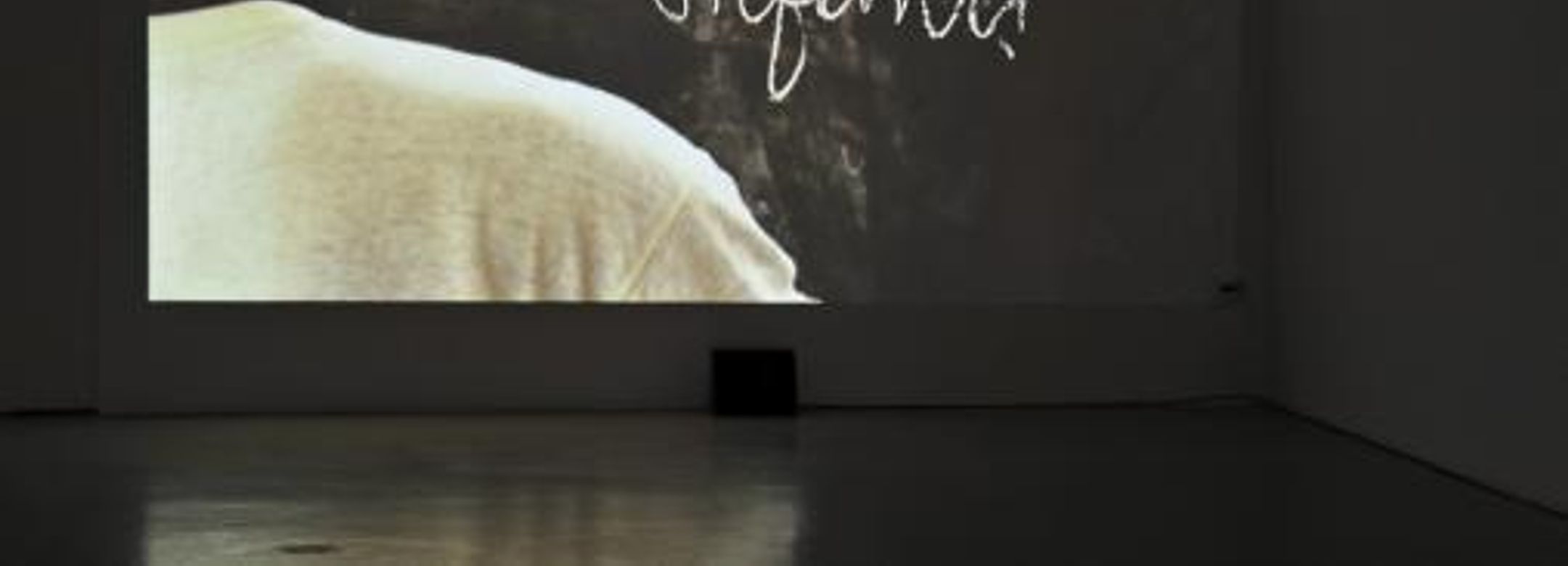BAKROMAN – GIANLUCA E MASSIMILIANO DE SERIO
Curated by Luigi Fassi
Bakroman is the first solo show of Gianluca and Massimiliano De Serio (born Torino 1978, both live and work in Torino) to be presented in an Italian institution. Their new production is a video work realized in 2009 during a several week-long stay in Ouagadougou, the capital of Burkina Faso. The artists focused their attention on a community of boys and girls living on the streets of the city, or the Bakroman as they are called in the mòoré language. Being orphans or children without families, the Bakroman live and grow up in conditions of extreme poverty in the streets of the city, left to take care of themselves and moreover subject to violence, rape and other forms of aggression.
Placed on the low end of the precarious social system of Burkina Faso, the Bakroman have neither a place to stay nor educational skills or jobs. Their daily routine alternates in roaming through the streets of the capital searching for food and water, as even these very few primary needs are uncertain and exhaustive in terms of finding access. These difficulties, as well as the loneliness and danger to which they are subjected, eventually led the older ones to found an association. The Ajer – Association des jeunes en situation de rue, was founded to provide a sense of regularity and order to their days and a structure for dialogue and reciprocal support among each other. The association itself is a form of spontaneous first aid association, constituted by daily reunions, meetings and collective rules. It resembles a platform of reciprocal opportunity and solidarity, attempting to reduce the permanent emergency situation that arises in consequence of the difficulty of street life.
Broken up into a multiplicity of projections and screens, Bakroman is a hybrid and multi-layered work, in which images from the social life of the association and the various factions in it emerge and overlap with each other, along with snatches of conversation between the adolescents during their long days on the street and other biographical fragments drawn from their everyday lives. The mediation and essential filter of the film camera have transformed the work of the artists, which at first consisted in approaching street people, into a more participatory, observational work. This began in a neutral way but revealed itself to be confidential in nature, increasingly suspending the distance between the artists and the Bakroman.
In this way, their work refuses to conform to the closed dimensions of the traditional documentary and its reportage-like character of providing solid testimony, established on codified and consequential narrative unities. Bakroman is rather based on an attempt to establish an intimate equality between the young street people of Ouagadougou and the artists, by means of depicting both together within the temporal and geographic space offered by the images. As an analysis of a community of “invisibles”, yet still opposed to the failure of the existing social order, the work of the De Serio brothers contributes to the research of the ethical dimension of the documentary by revealing the formation of a growing collective identity which is enclosed within the space of a diasporic experience of resistance.



